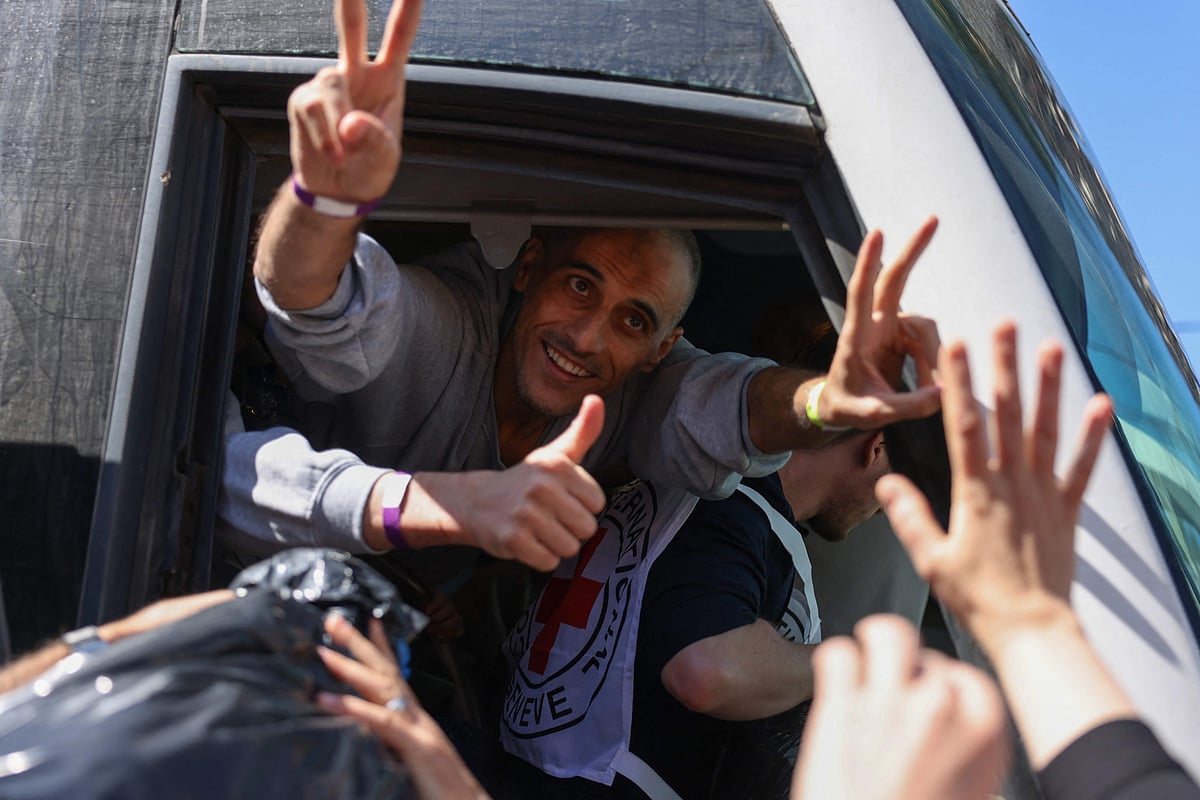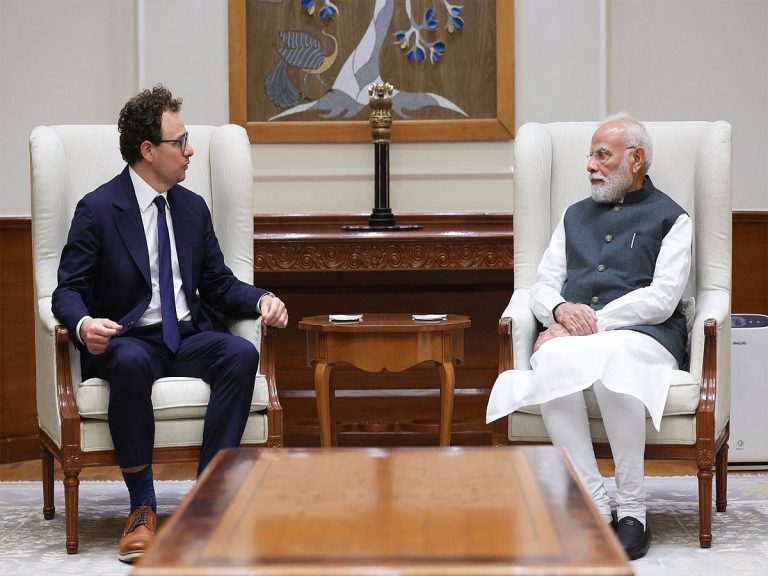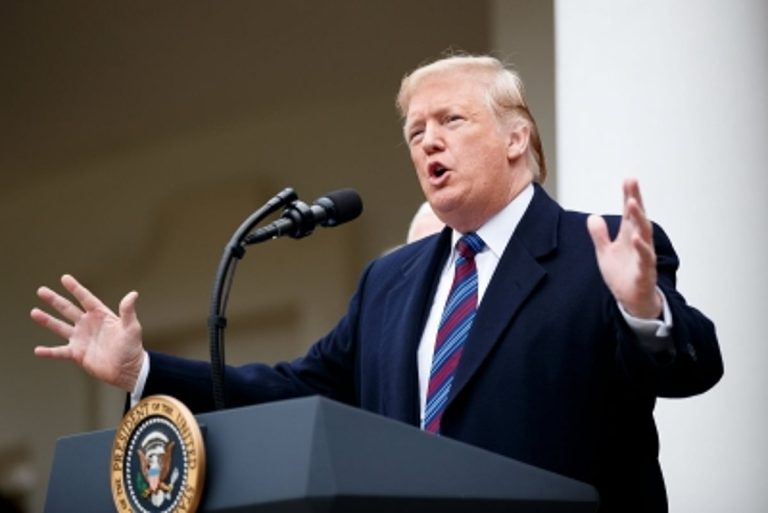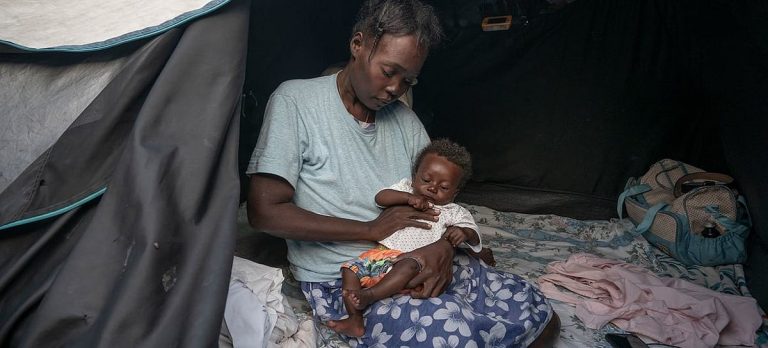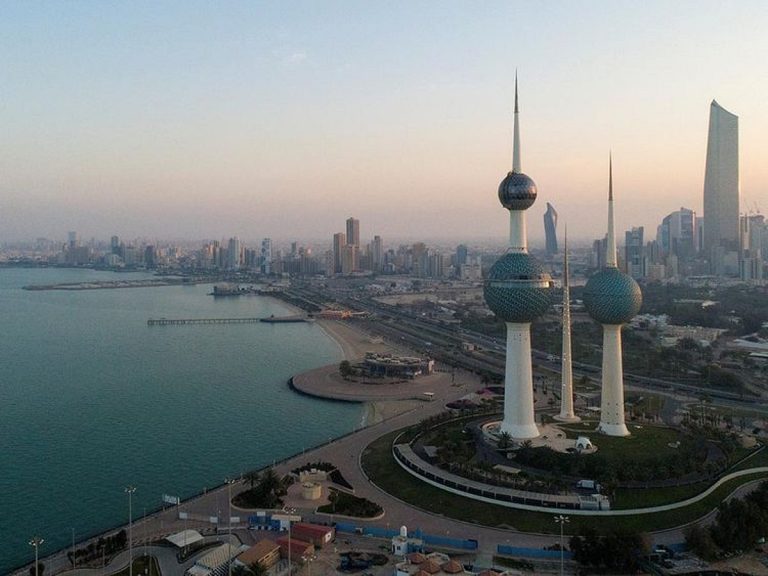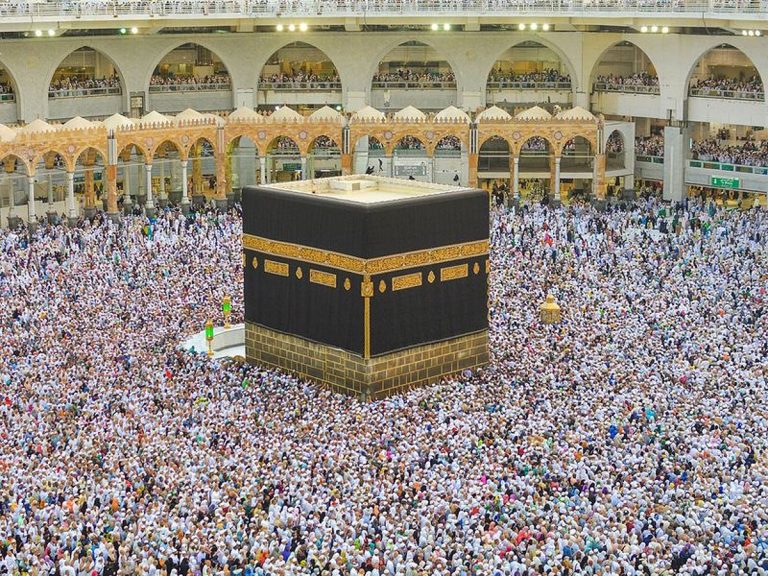Emotional Reunion as Palestinian Prisoners Return to Ramalla
The return of Palestinian prisoners to Ramallah has sparked a wave of emotion and celebration among families and supporters. This event follows a significant prisoner-hostage exchange agreement, which saw Hamas release the final group of Israeli captives as part of a broader ceasefire arrangement.
Upon arrival, several buses filled with released prisoners were met by large crowds in the streets of Ramallah. People waved flags and chanted “Allahu Akbar,” expressing their joy and solidarity. Families reunited after years apart, with many embracing their loved ones amidst the backdrop of fireworks illuminating the night sky. This exchange, which involved nearly 2,000 Palestinian prisoners, has been viewed as a rare moment of hope amid ongoing conflict.
FAQs
What was the reason for the prisoner release?
The release was part of a prisoner-hostage exchange agreement linked to a ceasefire deal between Israel and Hamas, aimed at reducing tensions in the region.
How did the community react to the return of the prisoners?
The community responded with overwhelming joy, celebrating in the streets of Ramallah with chants, flags, and fireworks, marking a significant emotional moment for families and supporters.
What does this exchange mean for future relations between Israel and Hamas?
While the exchange has provided a temporary sense of relief, the long-term implications for relations between Israel and Hamas remain uncertain, as underlying tensions continue to exist.
Conclusion
The return of Palestinian prisoners to Ramallah has brought a moment of joy and emotional reunification for many families. As the region navigates the complexities of the ceasefire, the hope for lasting peace remains a critical focus for all parties involved.
The recent prisoner exchange is part of a broader context of ongoing conflict between Israel and Hamas, which has persisted for decades. The dynamics of this conflict are deeply rooted in historical grievances, territorial disputes, and differing national narratives. The release of prisoners is often seen as a significant gesture in peace negotiations, reflecting the complexities of human rights issues and political considerations in the region. Such exchanges can serve as confidence-building measures, although they frequently lead to renewed debates about security and the implications for future negotiations.
In the aftermath of the exchange, many families expressed a mix of relief and concern. While the return of loved ones is a cause for celebration, the emotional toll of separation and the uncertainty of the future weigh heavily on many individuals. The released prisoners often face challenges reintegrating into society, including psychological trauma and the need for support systems to help them adjust to life outside of prison. Community organizations and local authorities may play a crucial role in providing assistance and fostering an environment conducive to healing and reconciliation.
International reactions to the prisoner exchange have varied, with some viewing it as a positive step towards reducing hostilities, while others remain skeptical about its long-term impact on peace efforts. Analysts suggest that while such exchanges can temporarily ease tensions, they do not address the underlying issues that fuel the conflict. The international community continues to advocate for a comprehensive peace process that addresses the root causes of the Israeli-Palestinian conflict, emphasizing the need for dialogue and mutual recognition of rights. As the situation evolves, the focus remains on finding sustainable solutions that can lead to lasting peace and stability in the region.
Also Read:
Hostage Exchange Signals Hope in Israel-Hamas Conflict
Trump Declares Gaza Conflict Over Amid Hostage Release
Virat Kohli’s IPL Future Uncertain Amid Contract Speculation

